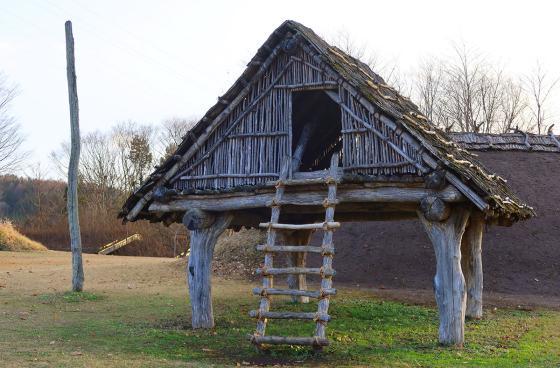
Just before signing off as EXARC director, Roeland Paardekooper conducted a two-week road trip through Asia. On invitation by colleagues from Japan, he first visited a number of organisations, typical for that country. These are archaeological units which have as main responsibility to execute research in their town or region. This does not only include the actual excavations, but especially all post-excavation work, like conservation, documentation and storage. Besides that, many of these also house an exhibition for the interested public as well as an outdoor area with reconstructed buildings and crops, depicting past life. There is not so much living history or experimental archaeology, but they do have educational programs for pre-booked groups.
Following this, Paardekooper was one of the keynote speakers at a symposium for the Goshono site and Museum, which is a UNESCO World Heritage Site, appointed as recently as 2021. The Goshono site has some very interesting features of the Jomon period. But the future of the museum is challenging, as for so many museums around the world. It was interesting to see similarities between Japan and other parts of the world.
But the road trip did not stop here. EXARC member Bangcheng Tang from Chengdu, China invited Paardekooper to give an extensive presentation at Sichuan University about experimental archaeology from around the world. This was part of a three-day meeting discussing possibilities for experiments and archaeological reconstruction in China. We also visited the Sanxingdui Museum. China's archaeology is remarkable, and so are the characteristics of their museums. For example, this particular museum is visited by over 1 million people per year.
This fruitful trip makes us look forward to maintaining and expanding contacts with our colleagues in Asia.
